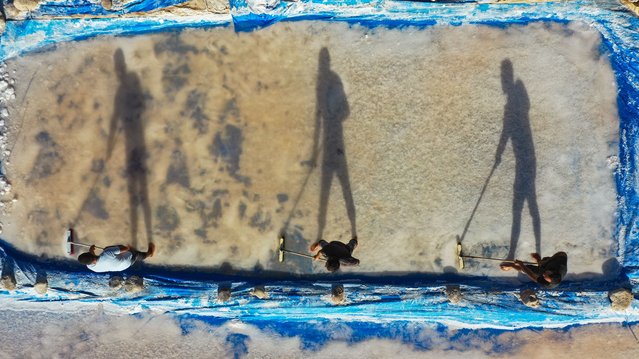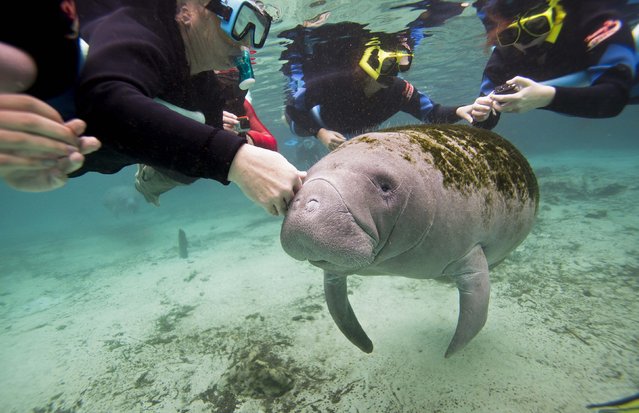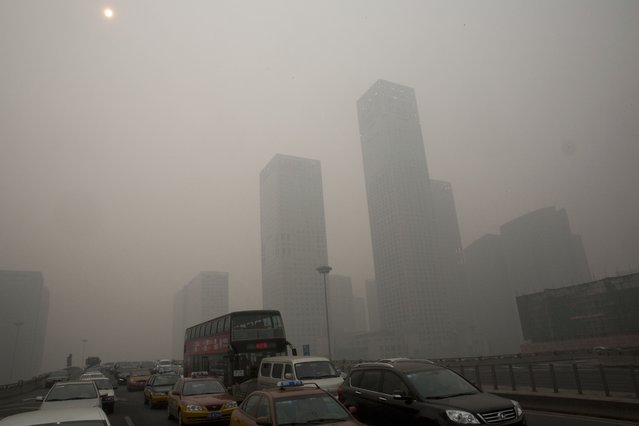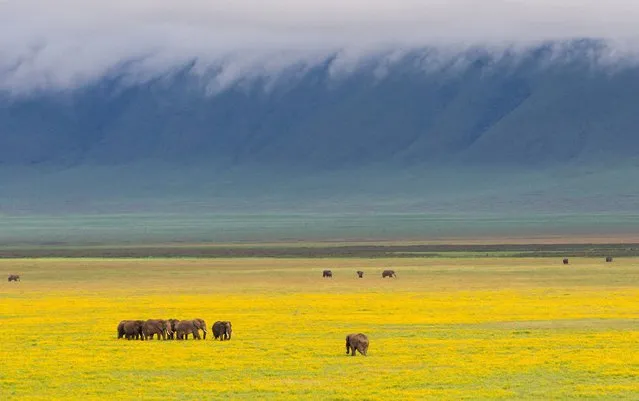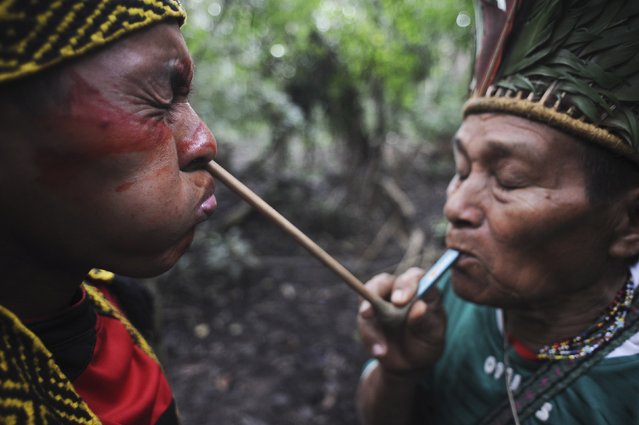
Thousands of furry creature have invaded Malmo in southern Swede on February 23, 2023 to attend the Nordic Fuzz Con, held at at Malmo Live. This year, the convention is expected to attract around 2,500 “furries” from all over the world. (Photo by Johan Nilsson/TT via Alamy Live News)
13 Mar 2023 05:27:00,post received
0 comments

